
You head out to the barn and notice your horse is standing "funny". After closer inspection, you recognize the symptoms of laminitis. The first thing you should do is call your vet. This can mean the difference between life and death for your horse. The vet will come to your farm on an emergency call as time is of the essence. Follow your vets instructions closely. But what can you do before your vet arrives? What can you do after your vet has left the farm? How can you make sure your horse will not founder? How can you make sure there will not be a repeat episode of laminitis? How can you find a laminitis cure? You need the answers to these excellent and pressing questions.
Let's start at the beginning and discuss the basics.
What is laminitis?
Laminitis is the inflammation of the laminated tissue which attaches the hoof to the foot of the horse. Blood may still be flowing and the flow possibly increased, but it is diverted away from the capillaries which supply blood to the tissue. This results in the death of the tissue. This disease is most well known in horses and cattle.
What are the causes of laminitis?
What are laminitis symptoms?
What can you do while waiting for your vet to arrive?
When your vet arrives, she will likely:
You will also need to work closely with your farrier. If your current farrier does not have sufficient experience working on a horse recovering from laminitis, please ask your vet for a reference. It is tricky business dealing with hooves affected by laminitis and you want to give your horse the best chance possible to be pain-free and back to work.
Laminitis is very dangerous, but it does not have to mean that your horse will never work again, be pained for the rest of his life, or have to lose his life. If your horse is managed properly day-to-day you can prevent most laminitis, barring any genetic factors. After my horse contracted laminitis from breaking into the feed bin and helping himself, I took it upon myself to learn all I can about it.
For more information on laminitis please visit http://laminitiscure.com . I wish you and your horses good health.
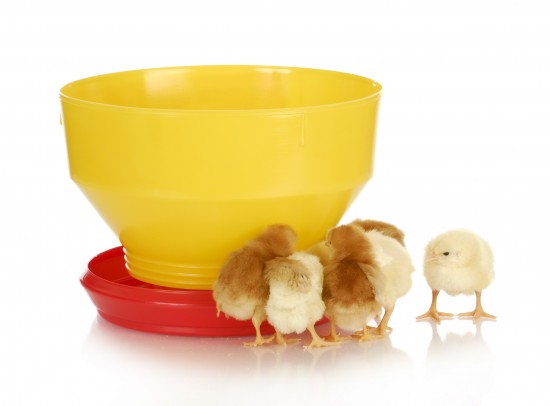 Choosing The Right Feeders & Drinkers For Your Hens
Choosing The Right Feeders & Drinkers For Your Hens
 Yorkshire Terriers And Hypoglycemia
Yorkshire Terriers And Hypoglycemia
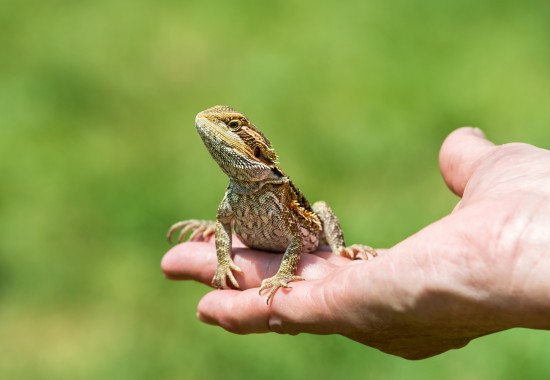 How To Pick Up And Handle Your Pet Lizard, And The Best Pet Lizards For Hands-on People
How To Pick Up And Handle Your Pet Lizard, And The Best Pet Lizards For Hands-on People
 Smoking Around Your Dog Can Lead To Canine Lung Cancer
Smoking Around Your Dog Can Lead To Canine Lung Cancer
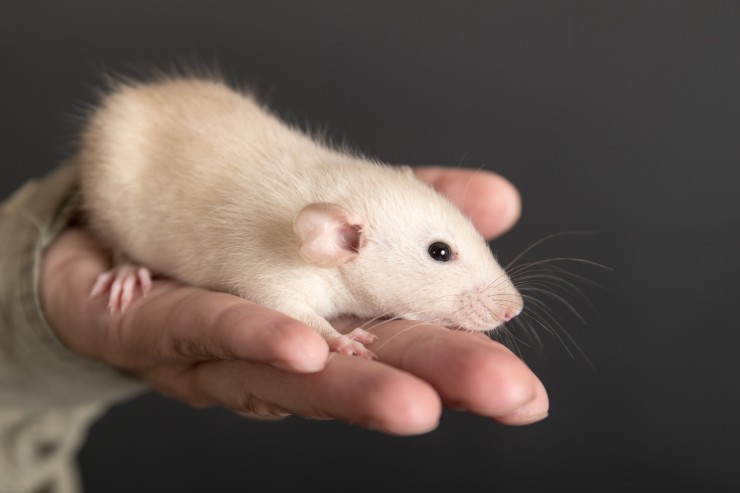 Keeping Your Pet Rats Safe When Outside Of The Cage
Keeping Your Pet Rats Safe When Outside Of The Cage
 Pet Boarding Chapel Hill: Safe Place for a Pet
Pet Boarding Chapel Hill: Safe Place for a Pet
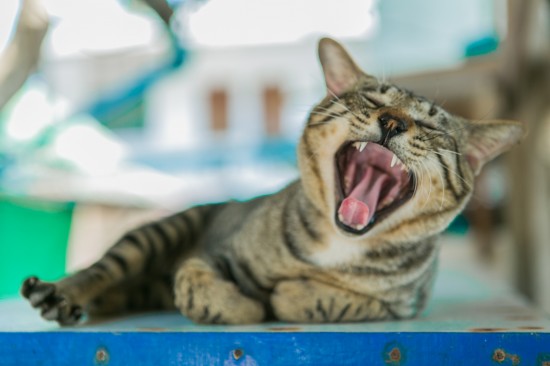 Indications That Your Cat’s Teeth Are Bothering Them
Indications That
Indications That Your Cat’s Teeth Are Bothering Them
Indications That
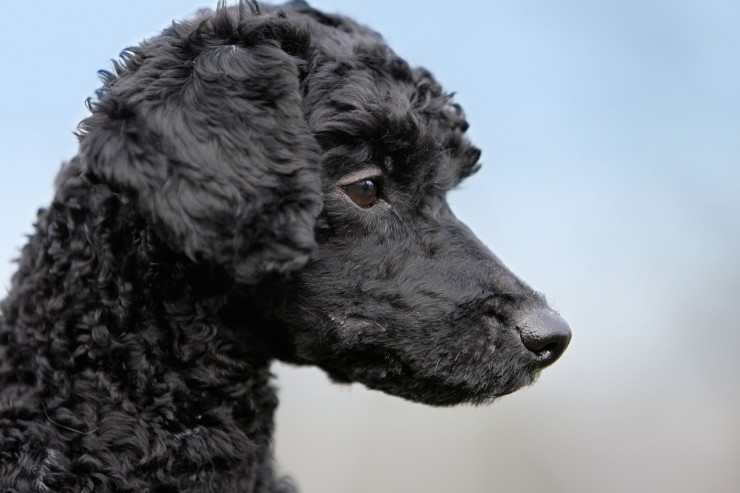 The Differences Between Dog Hair And Dog Fur
The Differences B
The Differences Between Dog Hair And Dog Fur
The Differences B
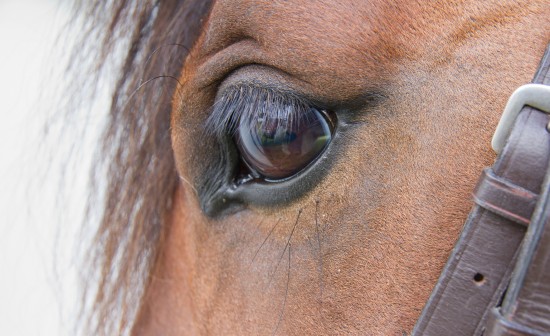 Recognising Eye Problems In Horses
Recognising Eye P
Recognising Eye Problems In Horses
Recognising Eye P
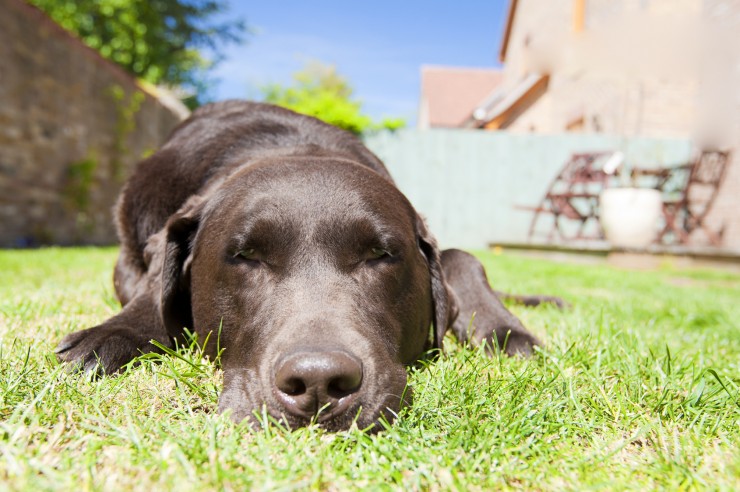 Recognising Heatstroke In Dogs Early On
Recognising Heats
Recognising Heatstroke In Dogs Early On
Recognising Heats
 How To Find & Choose The Best Stud Dog
How To Find & Cho
How To Find & Choose The Best Stud Dog
How To Find & Cho
Copyright © 2005-2016 Pet Information All Rights Reserved
Contact us: www162date@outlook.com